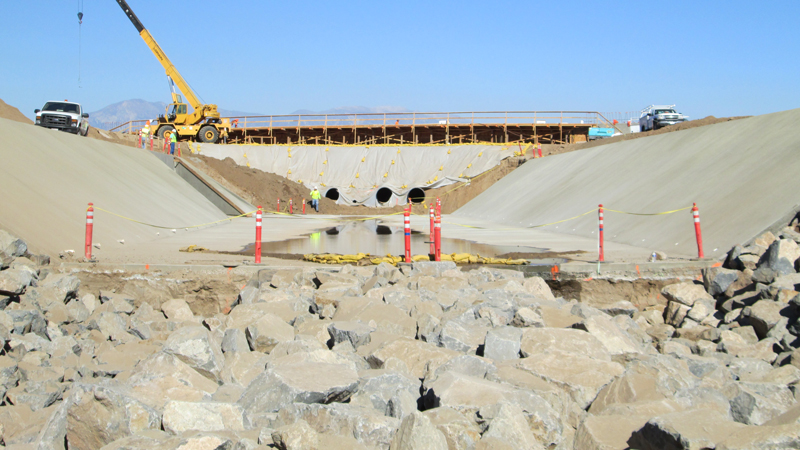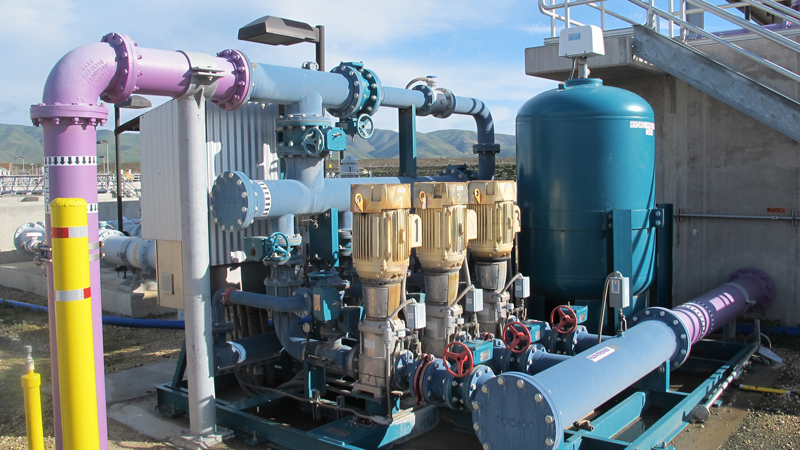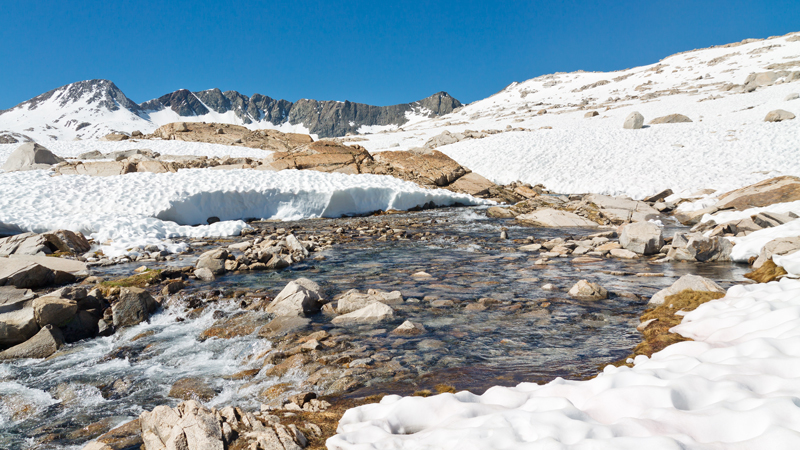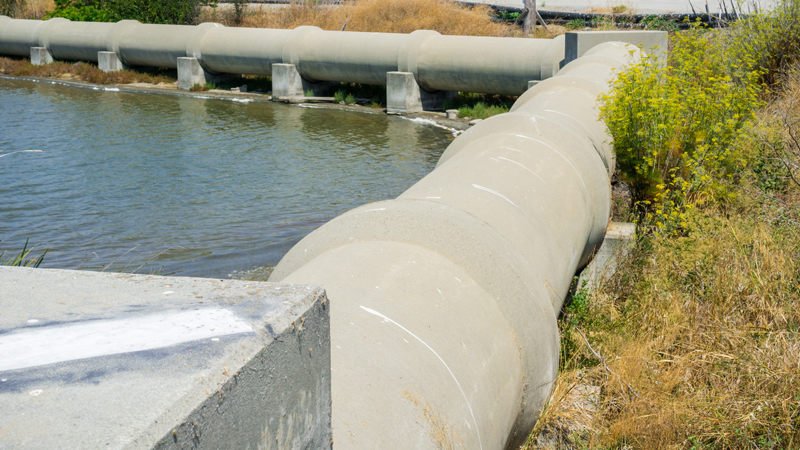2.9 minute read
October 05, 2015
Is our future evaporating?
Climatologists and economists alike are painting a bleak picture of the future of the water situation in the semi-arid Western United States. There’s a univocal call to reduce our carbon footprint, slow climate change and take the requisite steps to secure our future.
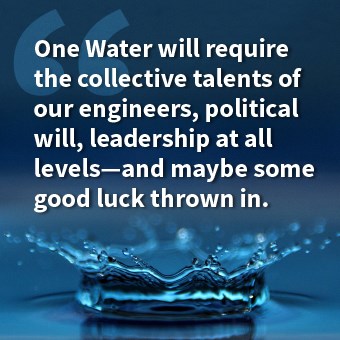
We must be willing to take bold action now to address the vast, complex challenges at hand. This will inevitably require ongoing sacrifice—or at least that’s what it feels like. Yet with today’s institutions, businesses and livelihoods all relying on the status quo of water use, rallying everyone to make these changes is, in a word, hard.
From the macro perspective, it’s downright daunting. Yet we’re finally seeing more political resolve at the federal, state and local levels. It’s taking the form of inspiration, imagination and regulation. We as humans need all of that to make change happen.
A shift in thinking
When I attended the U.S. Water Alliance conference in San Francisco late last month, I noticed an interesting shift in the language used by participants. It was exemplified by the phrase “One Water.”
This new mindset maintains that every drop of H2O is to be valued as precious—regardless of its origin, be it ice, snow, rain, spring, river, creek, lake, reservoir, or even runoff, rooftop, discharge or sewer. The distinction between “water” and “wastewater” is a relic of old thinking. They are, actually, one and the same.
Turning thought into action leads us to the seemingly endless possibilities of new and old ideas (reduce, reuse, recycle) that can help solve our water efficiency problems. This “possibility thinking” is what sparks the kind of creativity that, since the dawn of humankind, has allowed us to evolve, adapt and survive as a species. I don’t think human nature has changed fundamentally over the millennia. But the sophistication of our thinking, based on advances in science and technology, has.
Our next steps
From the AEC perspective, what is our responsibility? Here at Harris—as with so many of our peers, stakeholders, thought leaders and policymakers—we have been active in the advancement of LEED, ISI, Greenroads, water conservation, stormwater management, desalination and more. Yet I believe that’s all just a start. More is better.
While I don’t believe in silver bullets, I do see lots of silver linings. I see the power of incremental change on one hand, and the bold disruption of innovation on the other. Society has evolved over eons thanks to an intrinsic need to change; this challenge is no different.
What will the big changes be for us? I am talking about the future “us”—the generations who will take our place long after we are gone. Real progress toward One Water will require the collective talents of our engineers, political will, leadership at all levels—and maybe some good luck thrown in.
Now is certainly not the time for standing still and trusting in the inevitable. Let’s seize this moment. Let’s make this time our time to shift our thinking and decision-making so that we, as a people, make a difference.
What are your ideas for overcoming our water challenges? I’d love to hear them.




